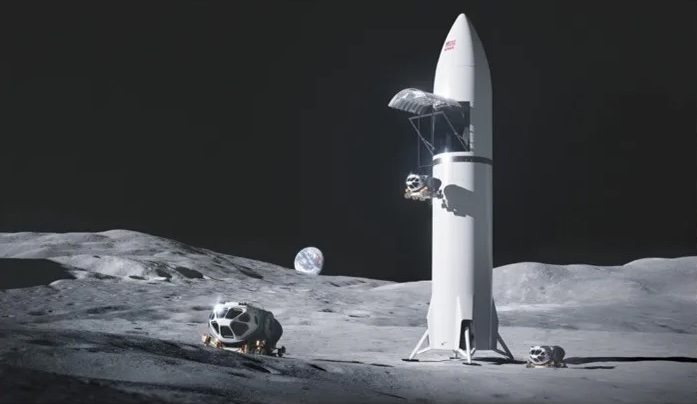The future of the US lunar return hinges on SpaceX and Blue Origin’s development of landers that can bring astronauts from the Orion spacecraft down to the surface of the Moon—programs that are facing some difficulties, according to the Government Accountability Office.
Neither company is known for fielding hard questions, but the federal watchdog released its annual examination of NASA’s major projects this week, with some news about the lander effort.
SpaceX and Blue Origin did not respond to queries about the report; NASA was unable to answer questions by press time.
The good news: Most NASA programs avoided cost overruns! Those that didn’t, however, are largely part of the Artemis program. Since 2009, Artemis overruns alone have reached $7B—just under the $8.1B in overruns for everything else at the agency.
The future of Artemis is in flux, but we know the administration and Congress both want to see the Artemis III mission deliver humans to the Moon in 2027. It’ll be difficult to make that deadline.
Hot risk: The GAO said NASA had identified risks with both the Blue Origin and SpaceX landers due to “inadequate controls for flammable materials”—fears that a combination of oxygen and pressure levels could lead to a fire, and potentially an Apollo 1-style tragedy. Testing is ongoing to understand and mitigate the issues.
Starship: Beyond the program’s three test failures in row, plus an explosive static fire mishap last month, there are a few interesting tidbits in the GAO’s report:
- The Artemis III mission—which hinges on the HLS Starship bringing astronauts to the surface— is expected in 2027. But SpaceX’s lunar orbit checkout review of that system’s mission readiness is scheduled for 2028.
- The preliminary design review and critical design review are both scheduled for 2025, which seems unlikely now.
- A top risk facing the program is still “maturing propellant management technologies to support on-orbit storage and transfer of propellant.” In June, SpaceX CEO Elon Musk said tests of those systems would take place in 2026, and the GAO’s report says NASA fears this could delay Artemis III even further.
- The agency is also worried that SpaceX’s training facilities will be inadequate to train astronauts to manually control the Starship in emergency scenarios.
Blue Moon: Blue Origin’s lander, which is currently intended to service future Artemis missions that are in political limbo, is also expected to pass a critical design review this year. The company is planning to launch a cargo-scale lunar lander, Blue Moon Mark 1, later this year or in early 2026.
The GAO highlighted one issue with Blue’s work: “Its lunar lander design did not meet NASA’s propellant and mass requirements.” The company performed additional work and made progress, but it’s not clear if the problem has been resolved.




